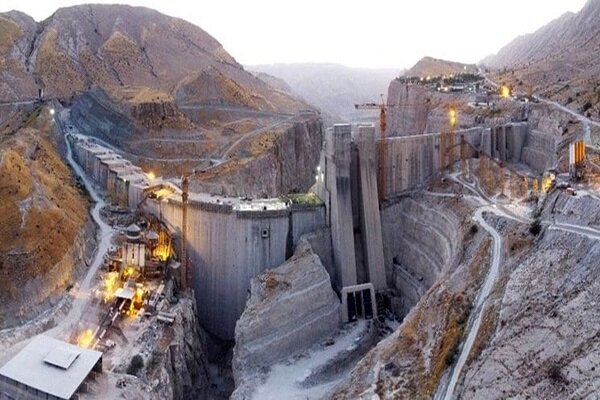Excavation sheds new light on Sassanid-Islamic site

TEHRAN – A team of Iranian archaeologists has recently finished an archaeological season on an ancient site at the basin of the newly constructed Chamshir Dam in southwest Iran.
During this survey, stone architectural structures, pieces of pottery from the Sassanid era to the Middle Islamic centuries, stone and glass relics were identified and documented, archaeologist Saeid Amir-Hajilu said on Monday.
It seems that the site was a seasonal winter settlement or a resort in the Sassanid period, based on the quality of the architectural structures and the surrounding landscape, he added.
Back in July, Amir-Hajilu announced that the site had severely destroyed by local farmers.
About 70 percent of the archaeological site has been plowed and leveled by farmers, resulting in demolishing many relics buried in this area, he said.
“Archaeological excavations have yielded poor results so far due to an extensive level of destruction by farmers.”
“However, we have discovered a wide range of relics, including pottery, glass, stone beads, and stone mortars at the site,” he explained.
He also noted that architectural remnants of the Sassanids, early and middle Islamic eras have been identified at the site.
Sassanid architecture is characterized by the use of stone rubble and plaster mortar, whereas the early Islamic architecture found in this area lacks the quality of Sassanid architecture, he added.
“The architecture of the third period is very poor and lacked order and quality, and was probably developed by nomadic tribes that settled in this area during the middle Islamic centuries,” he mentioned.
As a result of the overlap of architectures from different periods, it can be said that in the early Islamic period, new walls were built on the walls of the Sassanid period without affecting the rest of the plan, he explained.
The Sassanid age is of very high importance in the history of Iran. Under Sassanids, Persian architecture, in addition to arts, experienced a general renaissance. Architecture often took grandiose proportions, such as palaces at Ctesiphon, Firuzabad, and Sarvestan, which are amongst the highlights of the ensemble.
Sassanid archaeological designs typically represent a highly efficient system of land use and strategic utilization of natural topography in the creation of the earliest cultural centers of the Sassanid civilization.
ABU/AM
